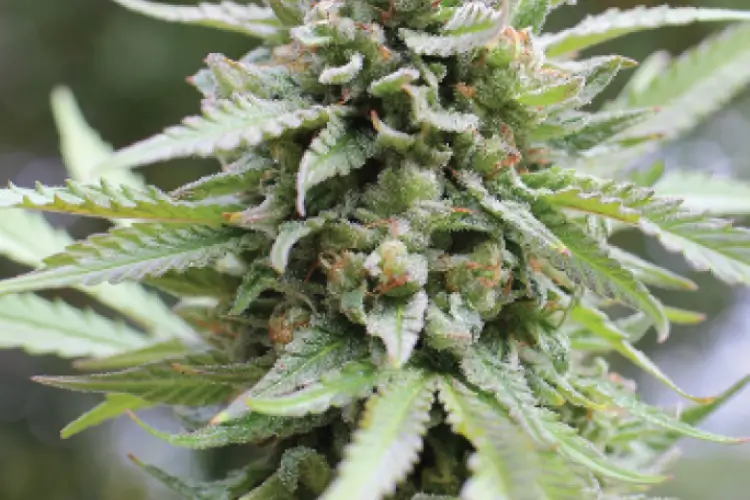Examining the realm of cannabis cultivation reveals two unique varieties: photoperiod and auto-flowering. These variations show essential distinctions in their cultivation requirements and growth characteristics. Growers looking to maximize their production and growing experience must comprehend these differences. To enable farmers to make well-informed decisions about their cultivation journey, this article will explore these five primary variances and shed light on the distinctive characteristics and factors related to each variety.
Cycle of Growth:
The way cannabis plants go from the vegetative to flowering stages varies depending on whether they are photoperiod or auto-flowering. Regardless of light conditions, auto-flowering cannabis has a set life cycle and begins flowering automatically after 2-4 weeks of growth. They are easier to harvest because of this swift change, which is advantageous for producers who need to complete tasks more quickly. Conversely, photoperiod cannabis requires a certain amount of light—roughly 12 hours of darkness per day—to initiate blooming. This means that, in contrast to auto-flowering types, producers must carefully regulate the light cycle to induce flowering, which leads to a longer total growth period.
Minimal prerequisites:
Cannabis plants that grow during photoperiod and auto-flowering have different light requirements. Because auto-flowering cultivars may survive in a variety of light situations and are less sensitive to light fluctuations, they are a good choice for gardeners who have little control over lighting installations. On the other hand, photoperiod cannabis needs tight control over light exposure, especially when it comes to flowering. To encourage flowering, growers must modify the light cycle to approximately 12 hours of darkness each day. Because of this, photoperiod plants require more lighting control than their auto-flowering counterparts.
Size and Yield:
The two types of cannabis plants—auto-flowering and photoperiod—differ greatly in terms of yield and size. Compared to photoperiod strains, autoflowering cultivators typically yield lesser yields and are smaller in size. This is because auto-flowering plants typically mature faster and have a preset life cycle, which leads to a smaller overall size and fewer buds. On the other hand, photoperiod cannabis can grow bigger and yield more when grown in the right conditions and with plenty of room. While growers hoping for higher yields might use photoperiod strains, autoflowering cultivars might be preferred by those who prioritize speed and limited area.
Suitable for Growing Both Indoors and Outside:
The Cannabis Plants That Are Suitable for Both Indoor and Outdoor Growing Are Autoflowering and Photoperiod. Auto-flowering cannabis seeds are flexible and compact, requiring little maintenance, making them ideal for production indoors as well as outdoors. Because they are adaptable to many conditions, they are perfect for novices or growers with a small amount of land. While photoperiod cannabis may be grown both indoors and outdoors, it may need additional room and careful consideration of light cycles, especially during blooming. Because of this, they present a little bit more of a challenge to novices but also more opportunities for customization and yield optimization.
Genetics and Breeding:
The distinctions between auto-flowering and photoperiod cannabis plants are largely due to breeding and genetics. Rudralis genetics is frequently used in the breeding of auto-flowering cultivars, giving them their distinct auto-flowering characteristic. Less genetic variety than in photoperiod strains, meanwhile, might mean fewer customization choices. A greater variety of genetic variation and breeding opportunities are available with photoperiod cannabis. Different strains can be crossed by breeders to produce hybrids with desired features and attributes, resulting in a wide range of tastes, effects, and growth patterns. Because of its genetic diversity, growers and breeders looking for special and customized plant traits find photoperiod cannabis to be appealing.
Conclusion:
Every variety has distinct benefits and factors to take into account, ranging from growth cycle and light needs to yield potential and genetic diversity. Whichever cannabis plant you choose, it is crucial, no matter how experienced you are. Novice growers want ease of use and quick harvests, while experienced cultivators want tailored qualities and larger yields. You can confidently choose the variety that best suits your tastes, available resources, and growth objectives by taking into account these five important differences. This will ensure a fruitful and successful growing experience.




